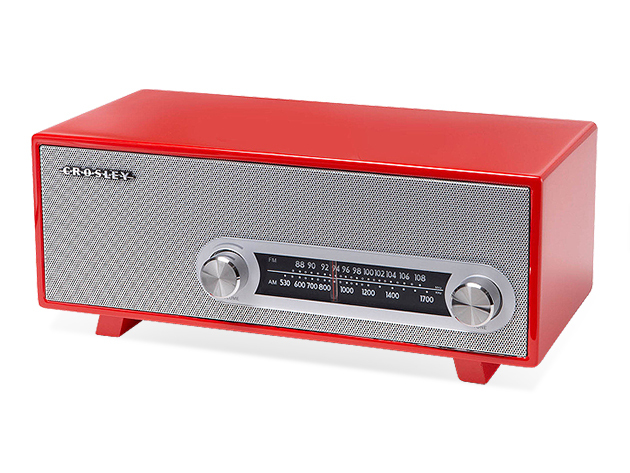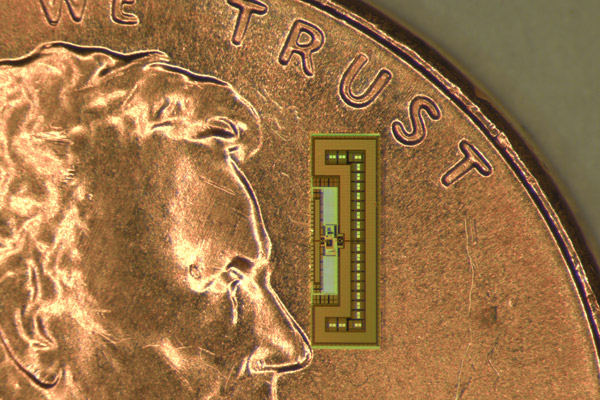AM/FM radios… Remember those? Yeah, some people still use them, and the sets are probably as old as the world, with the crappy quality sound that you’d expect from them. It’s cool, we don’t judge, you can still rock it old school with AM/FM stuff… but why suffer from poor quality sound? The Crosley Ranchero Classic Speaker brings you a classic aesthetic, better quality sound, and a line-in for your MP3 player if you want to play it a little more modern.
Crosley introduced its first radio in 1920, and has been a trusted name in sound ever since. Now you can turn up the music and turn back time with this classic tabletop radio. It’s designed to look great, but still offer the modern, high-tech sound you expect from a sound system in this day and age. Throw on some throwback AM/FM radio or hook up your MP3 player directly— the Ranchero will fill your space with strong, vibrant sound and classic design.
– Acoustically tuned & ported speaker enclosure
– Attractive, vintage-style design
– Analog AM/FM radio tuner
– External device input for connecting & playing MP3 players or audio devices
It’s a cool looking system, and normally you’d have to pay $100 for it. But with today’s deal it’s $64.99.
[ Get The Crosley Ranchero Classic Speaker ]











